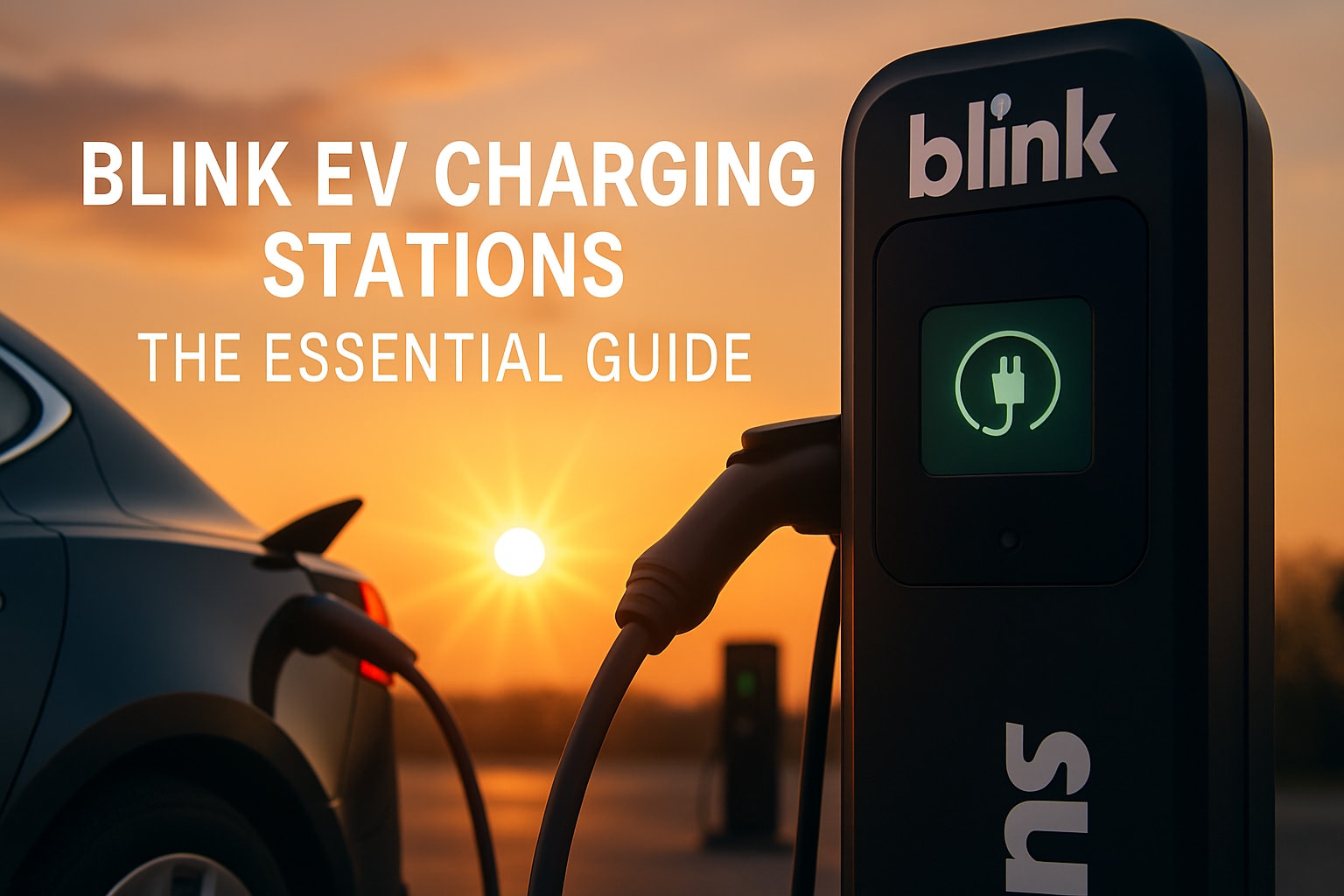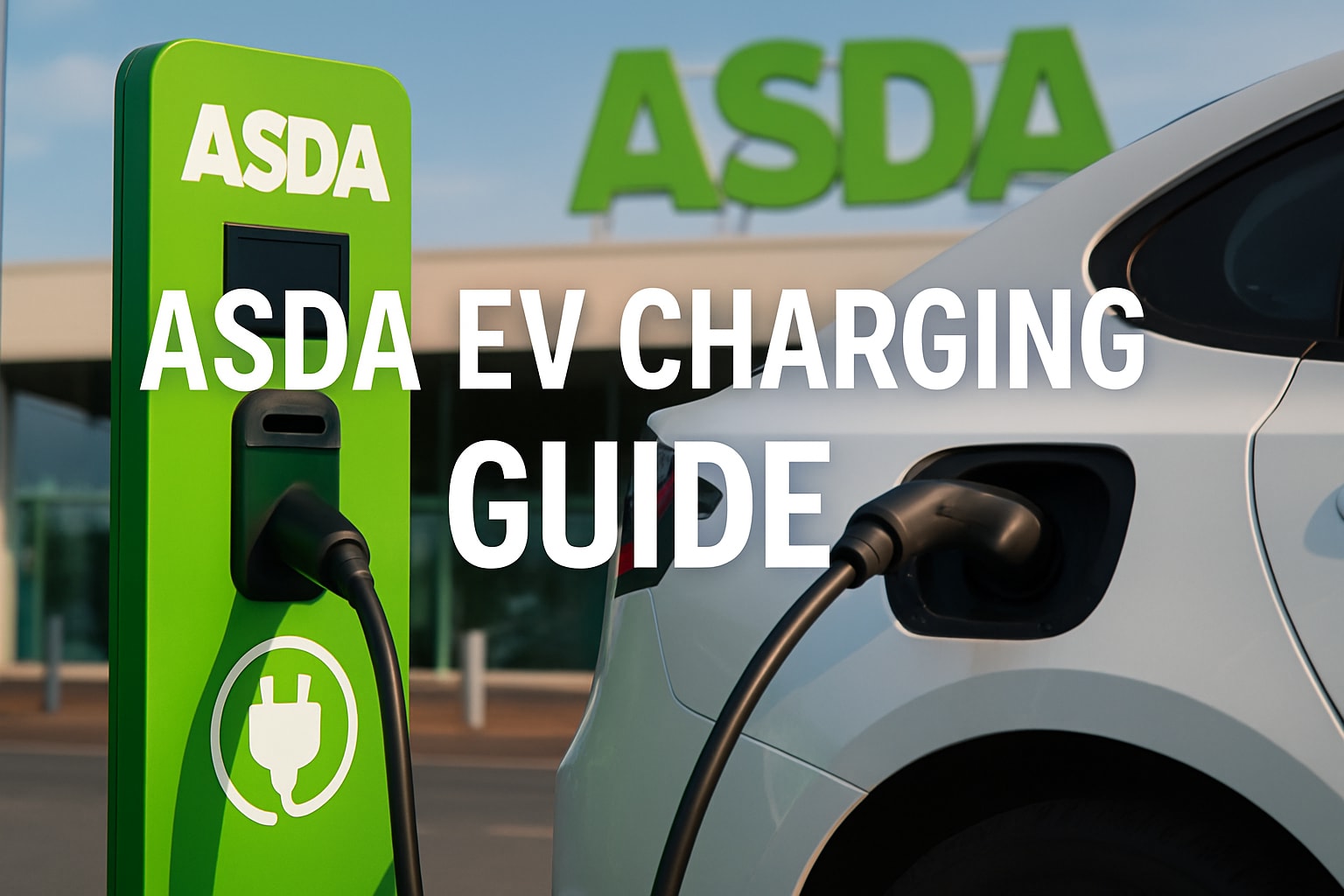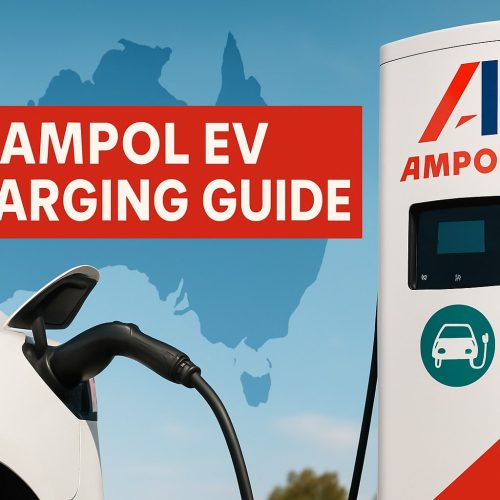Introduction
Electric vehicles (EVs) are increasingly becoming the go-to choice for sustainable transportation. However, the adoption of EVs in remote and regional areas, particularly in Australia, faces a unique set of challenges. One of the most significant issues is “range anxiety,” the fear that an electric vehicle will run out of charge before reaching its destination. This article delves into the innovative solutions being developed to tackle this problem, focusing on the Stuart Highway, one of Australia’s longest and most remote roads. 🛣️🔋
The Challenge of Range Anxiety
The Stuart Highway stretches across vast landscapes, making it a daunting task for electric vehicle owners to find convenient charging stations. The absence of a robust charging infrastructure in such remote areas exacerbates the problem of range anxiety. 🏜️🚗
Federal Investment in Charging Infrastructure
Recognizing the need for better infrastructure, the Australian federal government and the National Roads and Motorists Association (NRMA) have committed to a $990 million program. The aim is to install faster chargers in more than 100 sites across remote and regional locations, including central Australia. However, the project faces several challenges, the most significant being the lack of an existing electricity grid in these areas. 💡🔌

The Grid Constraint: A Major Roadblock
The absence of an electricity grid in remote regions poses a significant challenge for installing large charging infrastructure. Traditional charging stations rely on the grid for power, making it difficult to set up stations in areas without one. This constraint has led to innovative solutions, such as standalone power charging systems. 🌐🚫
Solar-Powered Charging: A Glimmer of Hope
A company in Regional Queensland has developed a prototype charging station equipped with solar panels, battery storage, and a backup diesel generator. This off-grid solution aims to provide fast charging facilities in very remote and regional locations where there is either a constraint on the grid or no grid at all. ☀️🔋
The Prototype: Features and Benefits
The solar-powered prototype is designed to serve multiple cars at once, even in the middle of nowhere. It offers the following features:
- Solar Panels: Harness the power of the sun to generate electricity.
- Battery Storage: Store excess energy for use during cloudy days or nighttime.
- Backup Diesel Generator: Provide an alternative power source when solar energy is insufficient.
This comprehensive approach ensures that electric vehicles can be charged efficiently, reducing range anxiety for drivers. 🌞🌙
The Cost Factor: A Hurdle to Overcome
While the prototype offers a promising solution, it comes with a hefty price tag of about half a million dollars. This high cost necessitates significant investment for scaling up the project. Moreover, the installation is currently just a trial, making it uncertain whether it will receive the required funding for mass production. 💰📈
Equity of Services: A Social Perspective
Advocates for charging stations in remote areas argue that this is not just about facilitating electric vehicle use; it’s about providing equitable services to those who live outside big cities. The absence of charging infrastructure in these areas could lead to a form of “transportation inequality,” where only those in urban areas can benefit from the transition to electric vehicles. 🏙️🆚🏞️
Future Prospects: Challenges and Opportunities
The electrification of regional Australia faces several setbacks, including the need for more electricians and electrical engineers, particularly in remote regions. However, the federal government remains optimistic, stating that any new infrastructure project will have its challenges but is essential for ensuring that Australians are not left behind in the transition to greener transportation. 🌱🇦🇺
Conclusion
The adoption of electric vehicles in Australia’s remote and regional areas is a complex issue that requires innovative solutions. Solar-powered charging stations offer a promising avenue for overcoming the challenges posed by the lack of an electricity grid. While the high cost of these prototypes is a concern, the potential benefits—both environmental and social—cannot be ignored.
As Australia moves towards a more sustainable future, it’s crucial to consider the unique challenges faced by those in remote areas. Only then can the country truly embrace the full potential of electric vehicles, making the dream of a greener, more equitable Australia a reality. 🌏💚








